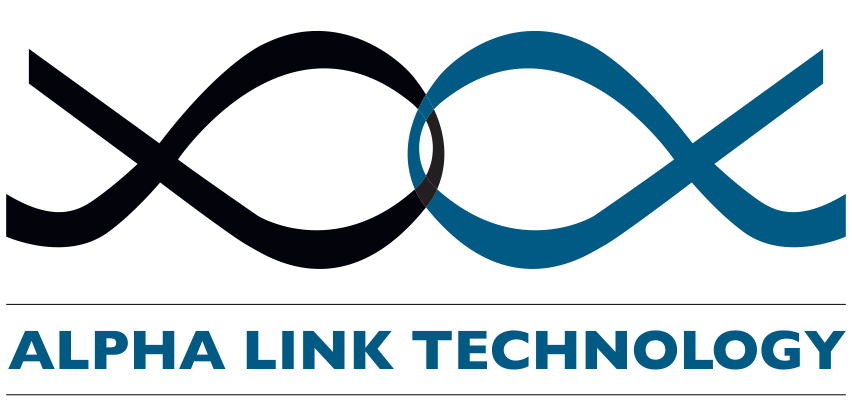Network Monitoring & Service Assurance: Ensuring Seamless Connectivity

In today’s hyper-connected world, network monitoring and service assurance have become critical components of any organization’s IT infrastructure. As businesses increasingly rely on digital technology to operate and interact with customers, the need for a robust network monitoring and service assurance strategy is more crucial than ever. In this blog, we will explore the importance of network monitoring and service assurance, their key components, and how they contribute to ensuring seamless connectivity and a positive user experience.
The Importance of Network Monitoring
Network monitoring is the continuous process of overseeing the performance and health of a network infrastructure. It involves collecting data about network devices, traffic patterns, and system behavior to detect and address issues promptly. Here’s why network monitoring is essential:
1. Proactive Issue Detection: Network monitoring tools provide real-time insights into network performance. This enables IT teams to identify and address potential issues before they impact users, minimizing downtime and disruptions.
2. Improved Reliability: By monitoring network components like routers, switches, and servers, organizations can maintain the reliability and availability of their network, ensuring that critical services are always accessible.
3. Enhanced Security: Monitoring network traffic can help identify unusual or suspicious behavior, aiding in the early detection of security threats and potential breaches.
4. Optimal Resource Utilization: Network monitoring allows organizations to optimize bandwidth usage and allocate resources efficiently, reducing operational costs.
Key Components of Network Monitoring
Effective network monitoring relies on several key components and practices:
1. Network Monitoring Tools: These are software applications or hardware devices that collect data on network performance. Common tools include SNMP (Simple Network Management Protocol) monitors, packet analyzers, and flow analyzers.
2. Alerting and Notification: Network monitoring systems can be configured to generate alerts and notifications when predefined thresholds are exceeded or when critical issues are detected. This ensures that IT teams can respond promptly to problems.
3. Performance Metrics: Monitoring tools track various performance metrics, including bandwidth utilization, latency, packet loss, and error rates. These metrics provide insights into the overall health of the network.
4. Historical Data Analysis: Storing historical network data allows organizations to identify trends and patterns, aiding in capacity planning and long-term optimization efforts.
Service Assurance: Ensuring Quality User Experience
Service assurance is closely related to network monitoring but focuses on the end-to-end user experience rather than just the network itself. It encompasses various aspects of service delivery, including:
1. Application Performance: Service assurance ensures that critical applications and services perform as expected. This includes monitoring application response times, transaction completion rates, and resource utilization.
2. Quality of Service (QoS): QoS mechanisms prioritize network traffic to ensure that mission-critical applications receive the necessary bandwidth and resources, guaranteeing a consistent user experience.
3. SLA Compliance: Organizations often have Service Level Agreements (SLAs) with customers or service providers. Service assurance ensures that these SLAs are met, maintaining customer satisfaction and trust.
4. End-to-End Visibility: Service assurance solutions offer a holistic view of the entire service delivery chain, from the network infrastructure to the end-user devices, allowing for quick issue resolution.
Benefits of Network Monitoring and Service Assurance
Implementing robust network monitoring and service assurance strategies offers several benefits:
1. Minimized Downtime: Proactive issue detection and rapid response reduce network downtime, ensuring uninterrupted business operations.
2. Improved Customer Satisfaction: Consistent service quality leads to happier customers and increased loyalty.
3. Cost Savings: Optimized resource allocation and efficient troubleshooting lead to cost savings in terms of both time and money.
4. Enhanced Security: Early threat detection helps organizations bolster their cybersecurity defenses.
Conclusion
In an era where connectivity is the lifeblood of businesses and individuals, network monitoring and service assurance are indispensable. These practices not only help organizations maintain the reliability and security of their networks but also ensure a seamless user experience. By investing in the right tools and strategies, businesses can stay competitive, meet customer expectations, and navigate the complexities of the digital landscape with confidence.


